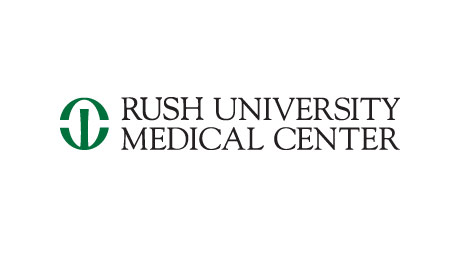Bilateral Priming for Upper Extremity Hemiparesis in Older Adults
| Status: | Recruiting |
|---|---|
| Healthy: | No |
| Age Range: | 55 - Any |
| Updated: | 4/21/2016 |
| Start Date: | April 2014 |
| End Date: | March 2016 |
| Contact: | Mary E Stoykov, PhD, OTR/L |
| Email: | mary_stoykov@rush.edu |
| Phone: | 312-942-5614 |
A Comparison of Two Types of Priming for Upper Extremity Hemiparesis
This study will compare bilateral priming followed by task specific training to health care
education followed by the same task specific training protocol. The intention is to
understand the effects of priming on upper limb training post-stroke.
education followed by the same task specific training protocol. The intention is to
understand the effects of priming on upper limb training post-stroke.
Techniques to enhance use dependent plasticity have been examined in stroke rehabilitation
research. The purpose of these techniques is to prime the cortex prior to training. The
priming techniques previously described in the literature include medication (i.e.
amphetamines), transcranial electric or magnetic stimulation, and manipulation of
somatosensory input. Here, the investigators examine a priming technique which is
non-invasive and free of side effects. The technique described in this study uses bilateral,
symmetrical, rhythmic movement "bilateral priming" and its purpose is to ready the motor
cortex for functional limb training. A "rocker" is used so that the less affected limb can
drive the affected one in symmetrical wrist flexion and extension. In this project, the
investigators intend to compare bilateral upper limb priming with task specfiic training to
a health care education website program followed by the same task specific training as the
experimental group.This active comparator (health care education) will receive stroke
related health education via a website from the American Heart Association. Transcranial
Magnetic Stimulation willl include measurement of transcallosal inhibition persistence from
the affected hemisphere to the less affected hemisphere and vice versa ( less affected to
affected). The investigators expect the bilateral priming group to have greater changes in
TMS measures and greater improvements in behavioral measures at all time points.
research. The purpose of these techniques is to prime the cortex prior to training. The
priming techniques previously described in the literature include medication (i.e.
amphetamines), transcranial electric or magnetic stimulation, and manipulation of
somatosensory input. Here, the investigators examine a priming technique which is
non-invasive and free of side effects. The technique described in this study uses bilateral,
symmetrical, rhythmic movement "bilateral priming" and its purpose is to ready the motor
cortex for functional limb training. A "rocker" is used so that the less affected limb can
drive the affected one in symmetrical wrist flexion and extension. In this project, the
investigators intend to compare bilateral upper limb priming with task specfiic training to
a health care education website program followed by the same task specific training as the
experimental group.This active comparator (health care education) will receive stroke
related health education via a website from the American Heart Association. Transcranial
Magnetic Stimulation willl include measurement of transcallosal inhibition persistence from
the affected hemisphere to the less affected hemisphere and vice versa ( less affected to
affected). The investigators expect the bilateral priming group to have greater changes in
TMS measures and greater improvements in behavioral measures at all time points.
Inclusion Criteria:
- Must have survived a unilateral stroke at least six months prior to enrollment
- Fugl Meyer Upper Extremity Score between 22-38.
Exclusion Criteria:
- No individuals who have a pacemaker, metal implant in head or neck, history of
seizures, recent concussion or history of headaches
We found this trial at
1
site
1653 W. Congress Parkway
Chicago, Illinois 60612
Chicago, Illinois 60612
(312) 942-5000

Phone: 312-942-5614
Rush University Medical Center Rush University Medical Center encompasses a 664-bed hospital serving adults and...
Click here to add this to my saved trials